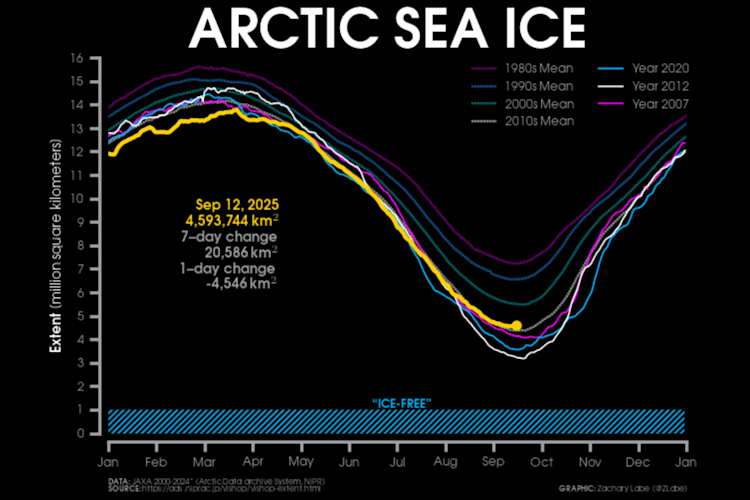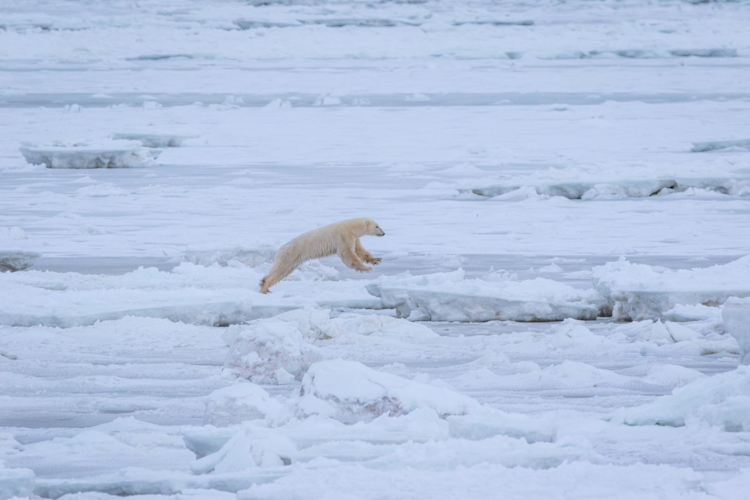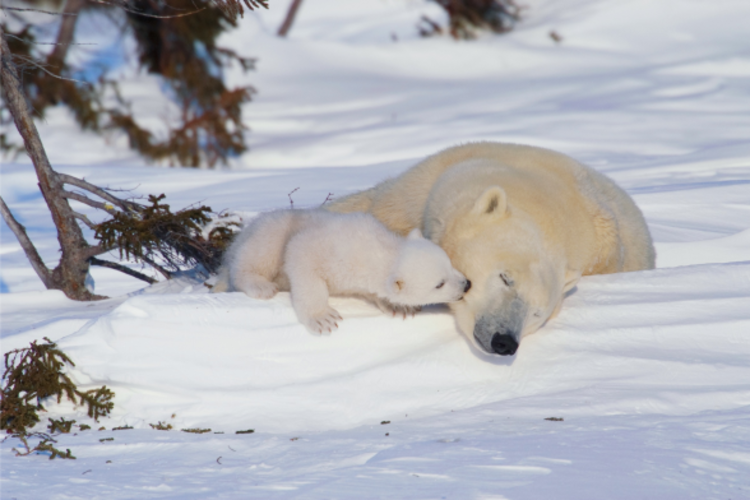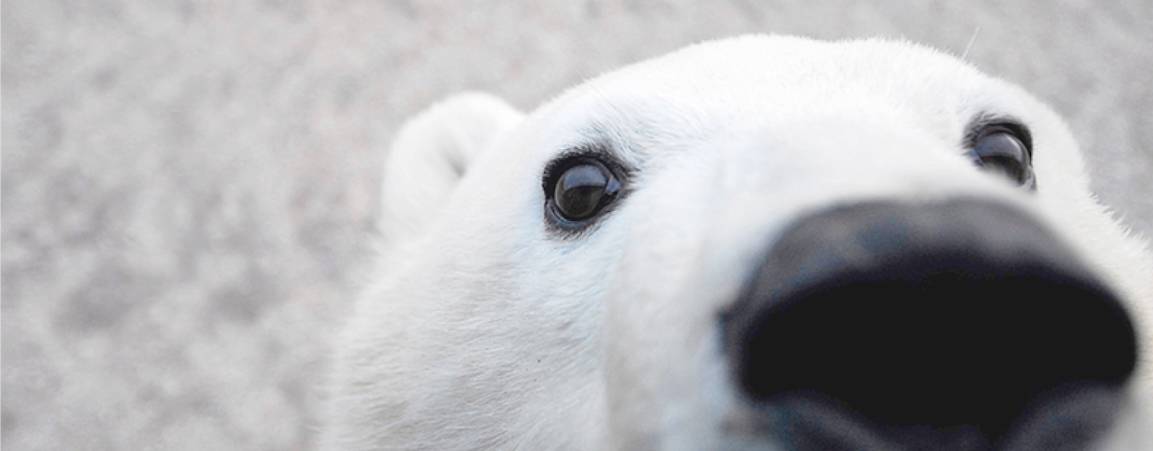So we got it, an internationally binding agreement on climate change—ending the fossil fuel era and protecting vulnerable populations in world regions.
It has been an intense few weeks here in Paris—full of long days, shifting positions, excitement with every draft released, and a very active public outside the negotiations. Even for the legally savvy, the Paris text has been hard to follow. We have been watching changes in language, seemingly small differences between shall (legally binding) to should (recommended); finance; and the location of human and indigenous rights in the document, with the Arctic in mind.
Since the agreement's impact on the Arctic has not been discussed much, I want to break down what we ended up with in the text—the highlights, lowlights and what it means for the Arctic region. Lastly, I want to share the next steps we, as citizens, businesses, and governments need to take if this agreement is to have a positive impact on sea ice, polar bears, and peoples of the North.
Highlights
1. Commitment to well below 2 degrees C of warming with a target for 1.5 degrees
The world has already warmed 1 degree since the industrial age. Achieving 1.5 degree warming will mean a massive shift to a low-carbon economy and a slower warming Arctic region. This is great news for sea ice habitat and people in the Arctic.
2. Intergenerational equity
While this only made its way into the preamble of agreement, the inclusion signals a global responsibility to #passdownthearctic. The generations of today and tomorrow have and will continue to inherit threatened populations and climate risks. At least we have something in writing.
3. Loss and damage
As a stand alone Article (8), loss and damage for current and future conditions that are beyond human adaptation will be addressed. Think disasters like coastal floods, tundra fires, and hurricanes. This supports the Warsaw Mechanism that addresses human displacement; it provides for planned relocation and risk transfer (insurance) at the international level. The main beneficiaries for this are "highly vulnerable nations" like Bangladesh and other small island states, but as the Arctic has always stood behind these regions and shares major issues like coastal erosion, sea level rise, poverty, and food insecurity, this is an opportunity to share knowledge and resources.
Lowlights
1. Indigenous rights
This only made the preamble of the decision, which applies to the whole document but is not legally binding. Indigenous ecological knowledge was included in the Adaptation Article (7) and indigenous peoples are officially recognized as non-party stakeholders where a "platform for the exchange of experiences and sharing of best practices on mitigation and adaptation in a holistic and integrated manner" will be created. But, without being in the adaptation Article, there is plenty of room for nations to infringe on rights, title, and decision-making in the North—especially in nations that have not implemented the UN Declaration on the Rights of Indigenous Peoples.
2. Weak emissions targets
There is a big gap between what nations pledged (55 gigatons by 2030) and the actual amount of emissions that will need to be reached to limit warming to 1.5 C (40 gigatons). Major cuts in China, India, and the United States will need to happen, ASAP. The first review, three years from now, leaves a window for fossil fuels to burn heavily.
3. International aviation and shipping not included
These are two massive sources of carbon and are tied to economic giants like the United States and China. Not including these in emissions targets does a disservice to honest efforts to curb warming to 1.5 global—a target that will mean something closer to a four degree rise in the Arctic region.
Next Steps
The Paris Agreement is a signal from the top to act on climate. 195 leaders created a framework to move forward, but a lot of work needs to be done to move us to a just and carbon-low planet.
One way to think of the Paris Agreement is like a fitness plan for an out-of-shape friend who wants to get fit, in this case a planet warming to no more than 1.5 degrees C. Included in this fitness plan are personal emission reductions (i.e., a training regimen), funding to help vulnerable regions adapt (sharing protein bars and a plan), and a way to deal with loss and damages (medical insurance and physical therapy programs). A big factor in this fitness program is peer pressure.
As a civil society dedicated to #passdownthearctic and to #saveourseaice, this agreement is a step forward to a world that can be inherited by current and future generations. The next step is for everyday people, voters, and organizers to hold leaders (from local to national and the UN) and businesses accountable for the just transition to clean energy and safer regions.
Every day, we as individuals carry on the hope sparked in these Paris talks into low-carbon lifestyles and business practices. Here are some ideas.
People, myself included, will continue to make decisions to limit carbon emissions, keep sea ice around, and work on adaptations. (See video below.)
The Paris Agreement has set a framework for the world to act, to do what many of us have been working on for a long time. Now is the time for our work to continue and to hold the countries who signed the Agreement accountable. After all, the future of a functioning Arctic depends on it. Allez!

















